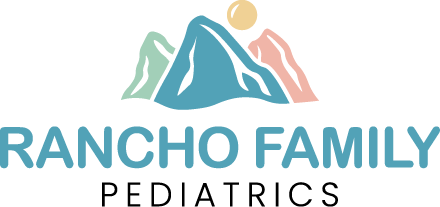Formula Feeding FAQs: How to Choose and Prepare with Confidence
For many parents, formula feeding is an essential or chosen option for nourishing their baby. With countless formulas and preparation methods available, it can be overwhelming to know where to start. Here are some frequently asked questions to help you choose and prepare formula with confidence.
1. What Types of Baby Formula Are Available?
There are three main types of baby formula:
- Cow’s Milk-Based Formula: The most common type, modified to be easier for babies to digest.
- Soy-Based Formula: A good option for babies with lactose intolerance or allergies.
- Specialized Formula: Designed for specific needs, such as preemies, babies with allergies, or those with gastrointestinal issues.
Consult your pediatrician to determine the best option for your baby’s needs.
2. How Do I Choose the Right Formula?
Consider these factors when selecting a formula:
- Nutritional Content: Look for formulas fortified with iron and DHA/ARA for brain and eye development.
- Sensitivity: If your baby shows signs of discomfort, such as gas or fussiness, ask your pediatrician about switching to a sensitive or hypoallergenic formula.
- Preparation Method: Formulas come in powder, liquid concentrate, and ready-to-feed forms. Choose one that fits your budget and lifestyle.
3. How Do I Prepare Baby Formula?
Follow these steps to ensure safe and accurate preparation:
- Wash Your Hands: Always start with clean hands and sterilized bottles.
- Follow the Instructions: Use the exact ratio of water to formula as specified on the packaging.
- Use Safe Water: Use boiled and cooled tap water or bottled water approved for infant use.
- Mix Thoroughly: Shake or stir until the formula is fully dissolved, with no clumps.
- Check the Temperature: Test the formula on your wrist to ensure it’s lukewarm, not hot.
4. How Long Can Prepared Formula Be Stored?
- Use prepared formula within 2 hours if left at room temperature.
- Refrigerate unused portions immediately and use them within 24 hours.
- Discard any leftover formula from a feeding session to avoid bacterial contamination.
5. How Can I Make Formula Feeding Easier?
- Prep in Advance: Mix bottles for the day and store them in the refrigerator.
- Portable Options: Invest in a formula dispenser and insulated bottle bag for on-the-go feedings.
- Stay Organized: Keep feeding supplies in a designated area for easy access.
6. Is It Okay to Switch Formulas?
Yes, but do so gradually to avoid upsetting your baby’s stomach. Mix increasing amounts of the new formula with the old one over several days. Always consult your pediatrician before making a switch.
7. What Are Common Formula Feeding Challenges?
- Spit-Up: Often normal but consult a doctor if frequent or excessive.
- Constipation: Try offering small amounts of cooled, boiled water between feedings (if recommended).
- Allergies: Watch for symptoms like rash, vomiting, or diarrhea, and consult your pediatrician.
Conclusion
Formula feeding can be a convenient and nutritious way to nourish your baby. By understanding your options, following preparation guidelines, and addressing challenges with confidence, you’ll ensure your baby gets the best start in life.




